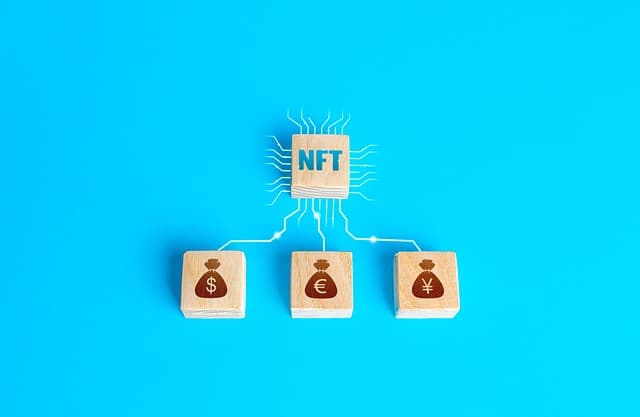Liquidity farming is one way of passively earning money from cryptocurrency that is becoming increasingly popular among investors. This method allows users to earn rewards for providing liquidity to decentralized exchanges (DEX). In this article, we will look at how liquidity farming works, its potential returns and main risks, as well as provide tips on how to manage risk and maximize returns.
Liquidity farming attracts the attention of investors due to the possibility of earning income without the need for active trading. This is especially true for those who want to use their cryptocurrency assets to generate passive income. It is important to realize that despite the attractive prospects, liquidity pharming involves certain risks that should be taken into account when making investment decisions.
How liquidity farming works
Liquidity farming is based on the concept of liquidity pools. Liquidity pools are smart contracts that hold reserves of two or more cryptocurrencies. Users, called liquidity providers (LPs), contribute their assets to these pools and receive liquidity tokens in return. These tokens represent the user’s share in the pool and can be used to earn rewards.
An example of how a liquidity pool works
Suppose you want to contribute liquidity to an ETH/USDT pool on a decentralized exchange. You deposit an equivalent amount of ETH and USDT into the pool, and receive liquidity tokens in exchange. When users transact on the exchange, they pay a fee that is distributed among all liquidity providers in proportion to their share in the pool.
Liquidity pools play a key role in the operation of decentralized exchanges. They allow users to exchange cryptocurrencies without having to turn to centralized intermediaries. This makes the exchange process faster and cheaper, which is attracting more users to decentralized platforms.
Potential profitability of liquidity pharming
The profitability of liquidity farming can be very attractive, especially with the high demand for cryptocurrency trading.
Major sources of revenue include:
- Transaction commissions: Every time a transaction occurs in the liquidity pool, providers receive a portion of the commission.
- Token rewards: Some platforms offer additional rewards in the form of their own tokens to incentivize liquidity provision.
- Token value growth: If the value of the tokens you received as rewards grows, this also increases your yield.
Example of yield calculation
Suppose you contributed $10,000 worth of liquidity to an ETH/USDT pool. In one month, you earned $100 in commissions and received $50 worth of platform tokens. Your total return will be $150, which is equivalent to 1.5% for the month or 18% annualized.
Yields can vary depending on various factors such as trading volume on the platform, number of liquidity providers and market conditions. It is important to keep in mind that high returns may be accompanied by higher risks, so it is necessary to carefully analyze all aspects before depositing liquidity.
Main risks of liquidity farming
Despite attractive returns, liquidity farming comes with a number of risks that need to be considered:
- Impermanent losses: This is the main risk associated with liquidity farming. Impermanent losses occur when the price of one of the assets in the pool changes relative to another. This can cause your share of the pool to be worth less than if you had just held the assets.
- Smart Contract Risks: Liquidity pools operate based on smart contracts, which may contain vulnerabilities. Hackers can exploit these vulnerabilities and steal funds from the pool.
- Market Risks: Like any cryptocurrency investment, liquidity pharming is subject to market volatility. The price of assets can fluctuate significantly, which can affect your returns.
- Regulatory risks: Some countries may introduce new regulations that may affect your ability to engage in liquidity pharming.
Detailed consideration of Impermanent Losses
Impermanent losses are one of the most difficult risks to understand. They arise from changes in the prices of the assets in the pool. For example, if you contributed ETH and USDT to a pool and the price of ETH increased dramatically, the amount of ETH in the pool will decrease as users buy ETH and sell USDT. This could result in your share of the pool being worth less than if you just held ETH and USDT separately.










